How to Recognize and Defend Against Angle Shooting in Poker
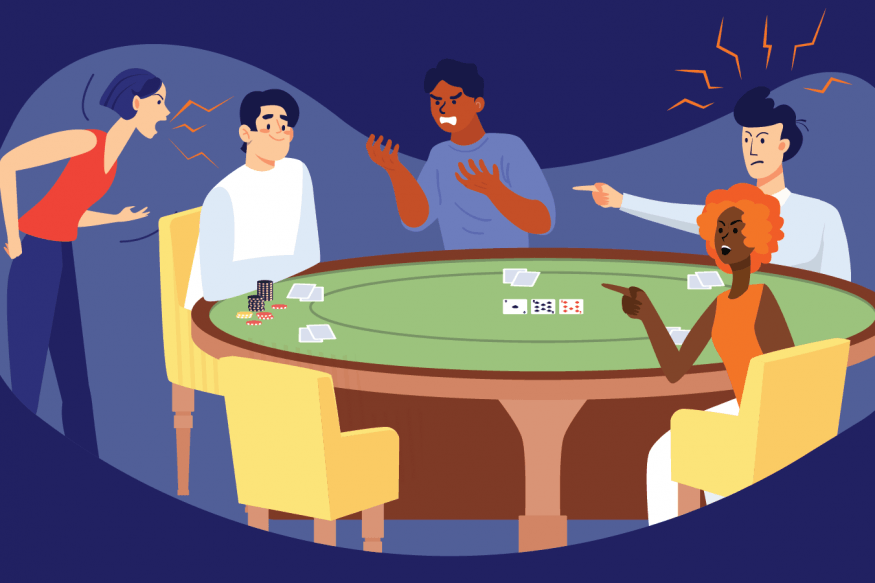
Understanding Angle Shooting in Poker
Poker, renowned for its blend of skill, psychology, and strategy, operates under a clear set of rules. However, not every possible scenario can be explicitly addressed by these rules. This creates opportunities for some players to engage in questionable tactics known as "angle shooting"-actions that may skirt the rules without officially breaking them. In this guide, you'll learn what angle shooting is, explore common examples of this behavior at the tables, and discover actionable tips to protect yourself from being exploited by unscrupulous players.
Why Angle Shooting Undermines the Game
Although some individuals justify angle shooting by claiming they technically remain within the rules, this attitude ignores the spirit of poker and its unwritten code of conduct. Poker is fundamentally a social game that thrives on trust and fair play. Ignoring etiquette for minor short-term benefits can harm a player's reputation, drive away recreational participants, and even create toxic playing environments. Consistent angle shooters may find themselves excluded from desirable games and ostracized by the broader poker community-ultimately harming everyone at the table.
The Most Common Types of Angle Shooting in Poker
While the majority of players uphold poker's standards, a few will try to exploit rule ambiguities. By learning to recognize these tactics, you can protect yourself and maintain a positive playing experience.
Removing Chips from Play: The "Going South" Tactic

"Going south" refers to the act of covertly taking chips off the poker table during a live cash game, often after a big win. For instance, a player might pocket a portion of their winnings in an attempt to lower their risk in future hands. Most poker rooms consider this a violation, but detection is challenging and repercussions are usually minor. As chips on the table should always be in play unless a player leaves, allowing this behavior lets players safeguard their stack unfairly. Confronting someone over "going south" often causes awkwardness, so some let it slide to avoid conflict-making awareness and vigilance key.
Hiding High-Value Chips: A Sneaky Deception
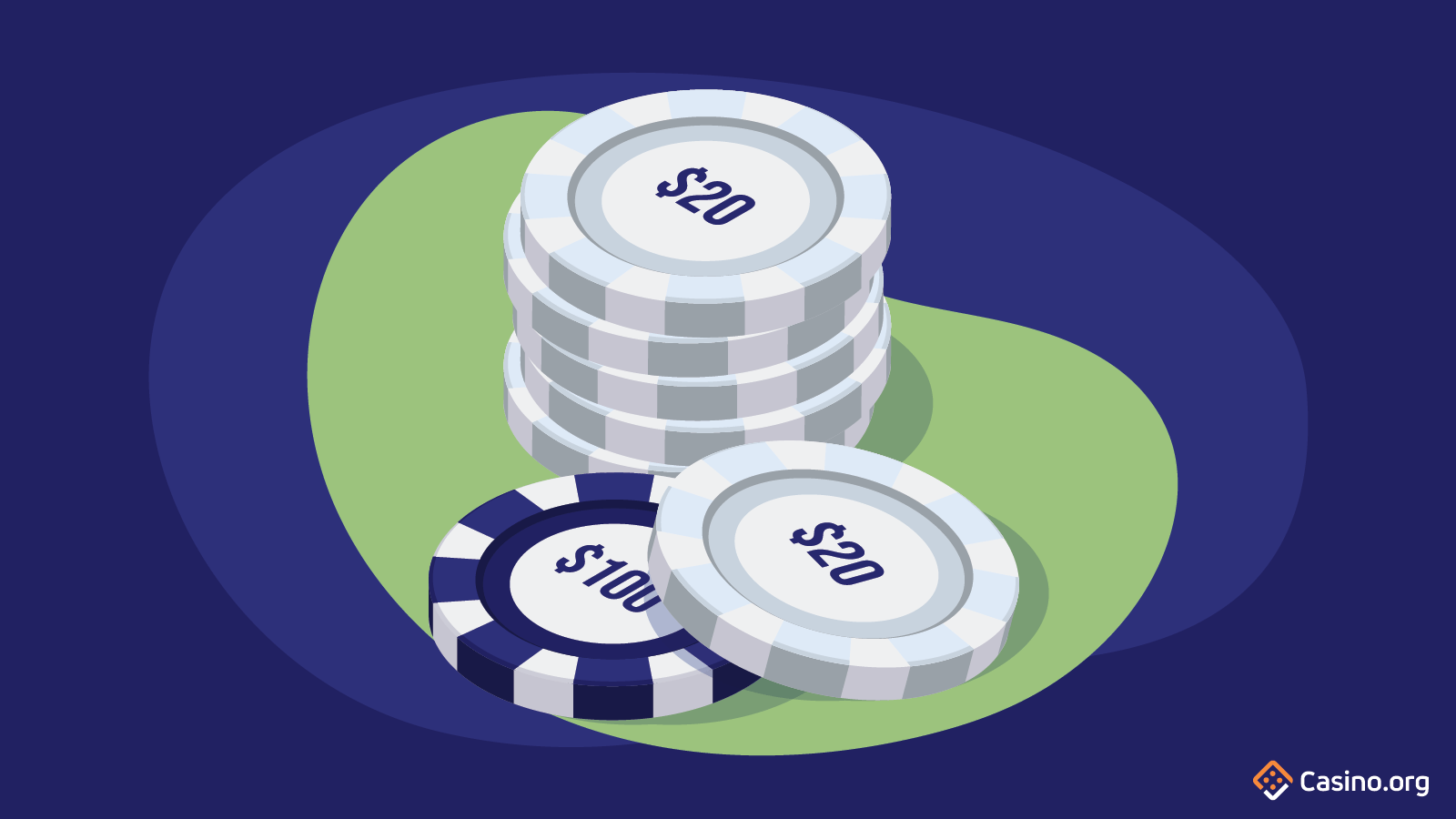
A classic angle shoot is concealing high-denomination chips behind lower-value ones, intentionally misleading opponents about the true chip stack. This tactic can cause you to make aggressive moves believing your opponent has fewer chips, only to realize the mistake too late. In tournaments, this could mean busting out earlier than anticipated. While visible stacks are a basic expectation, punishments for hiding chips are often lenient. To avoid falling victim, always ask for clear chip counts and pay special attention to players with a history of this behavior.
Feigning a Bet or Raise: The Poker "Pump Fake"
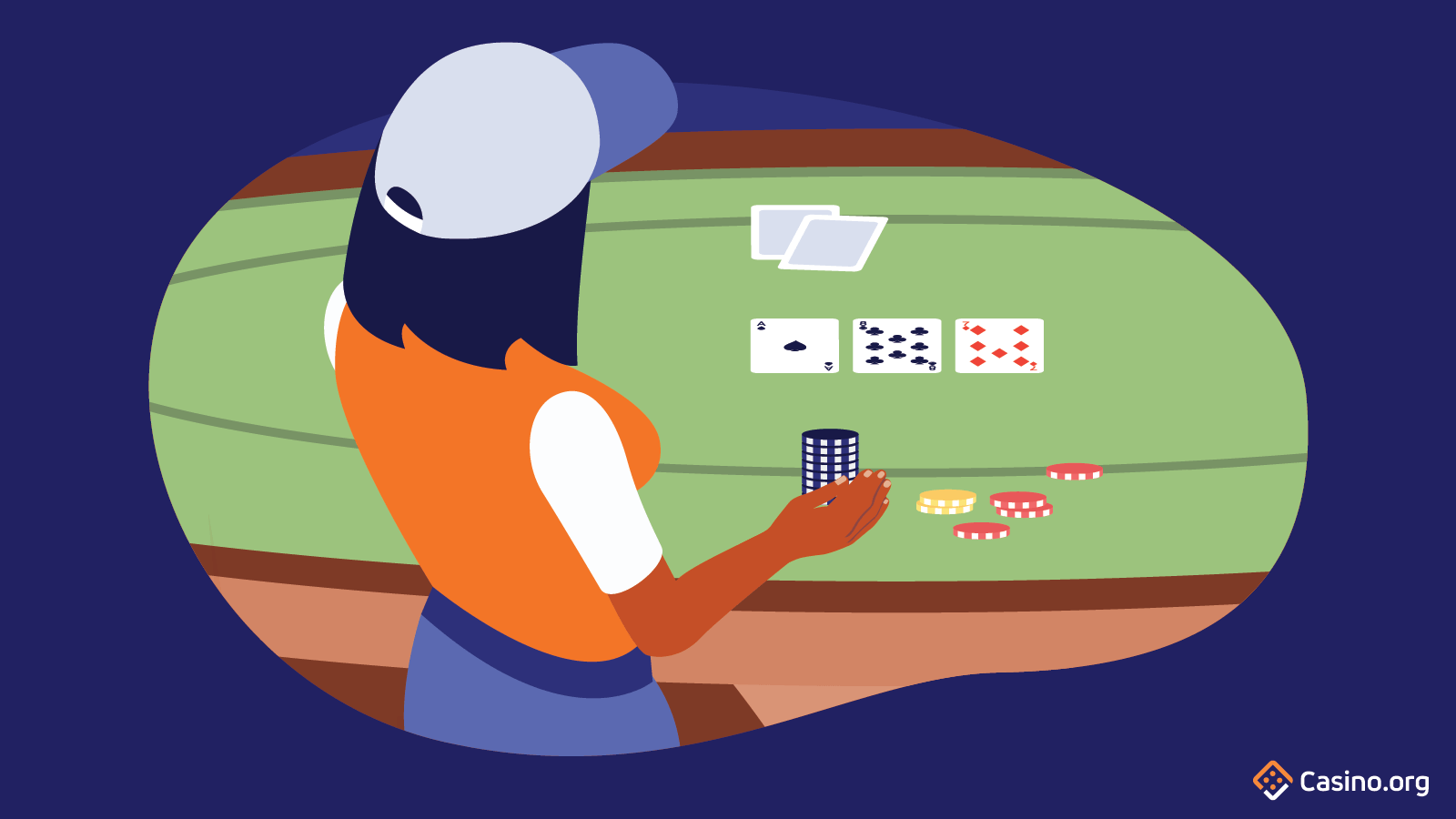
Poker is a game of information, and some try to extract it by pretending to act before actually making a move. The "pump fake" involves picking up chips and moving them forward as if to bet or raise-only to pull them back right before releasing them. Some venues rule that any forward motion with chips constitutes a binding bet, but enforcement varies. The true goal is to coax a reaction from opponents; for example, inexperienced players might prematurely fold in response. If you notice this pattern, discreetly notify the floor manager, as repeat offenders may face warnings or have their actions ruled as binding in the future.
Misrepresenting Your Hand at Showdown
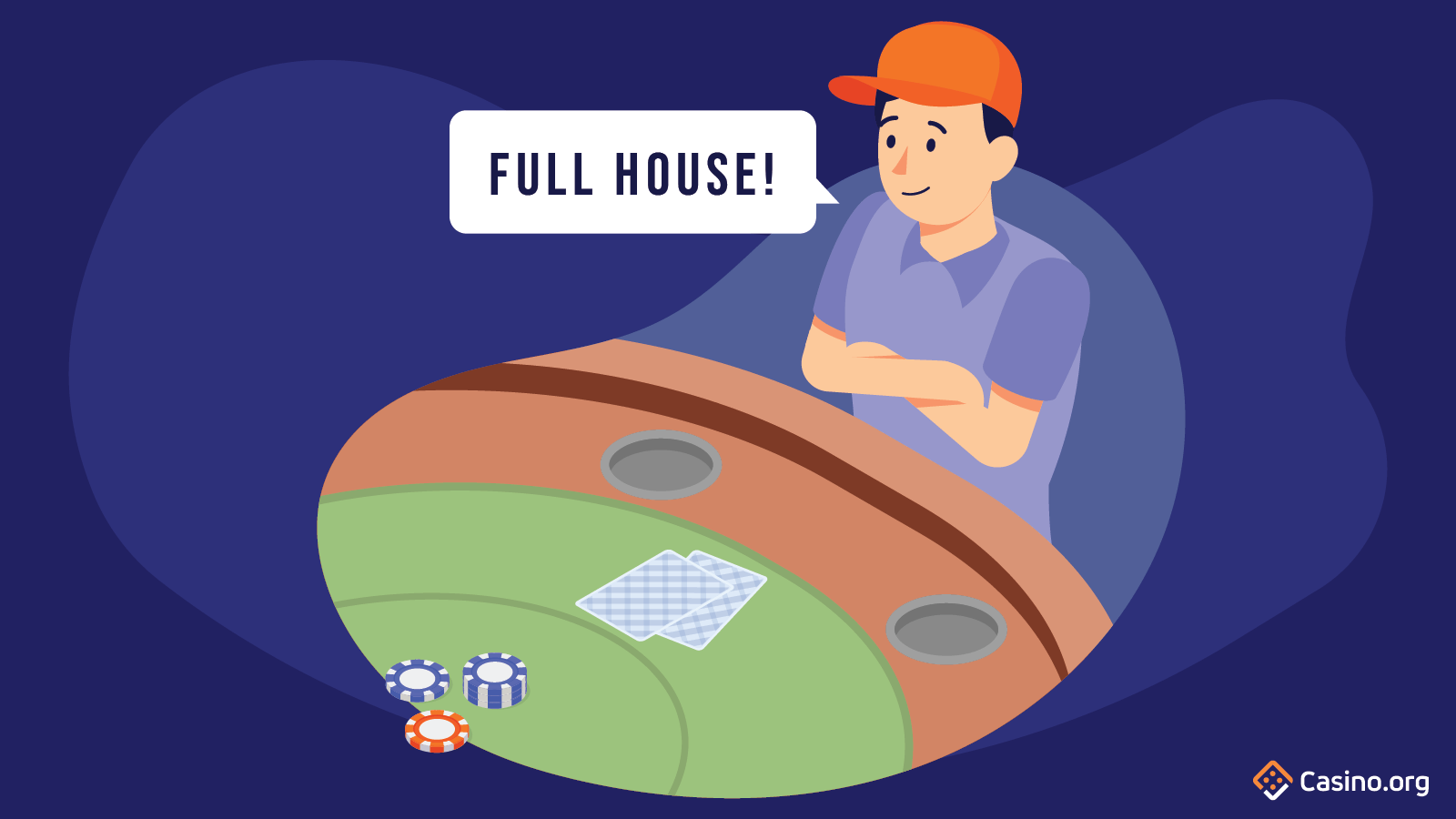
At showdown, cards should do the talking. However, some players will misdeclare their hand-announcing a stronger combination to tempt an opponent into folding a winning hand before cards are revealed. For example, declaring a "full house" when only holding Ace-high can cause an unwary opponent to muck. Even if the deception is noticed and reported, repercussions are minimal, typically just a warning. The best defense is to wait until all showdown hands are face up before discarding your cards.
Acting Out of Turn to Disrupt Play
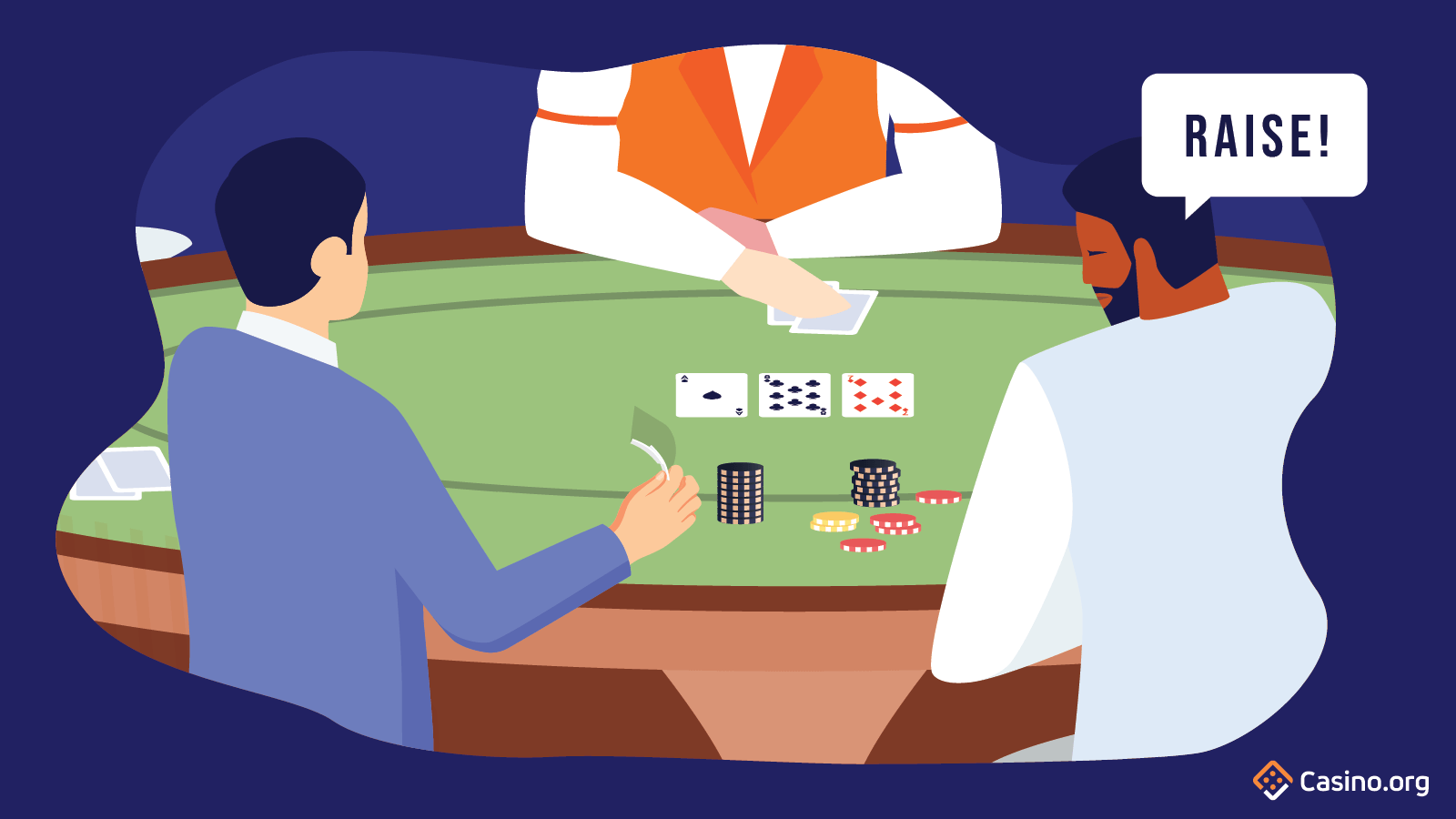
Announcing an action-such as "call" or "raise"-before it’s your turn is another way unethical players try to influence the table. This move aims to confuse others and prompt errors. However, most poker rooms treat verbal declarations as binding actions-meaning players who act out of turn may be forced to commit their chips regardless. If you recognize this tactic, you can actually use it to your advantage, setting traps for those who intend to mislead. Remember, deliberate out-of-turn acts are rarely accidental and should be treated accordingly.
Tips to Shield Yourself from Angle Shooters
Angle shooting will always exist at the fringes of poker, but recognizing these behaviors is the first step to protecting yourself. To minimize your risk:
- Always keep an eye on chip stacks and table activity.
- Ask for a chip count when uncertain about an opponent’s stack.
- Never release your cards at showdown until all hands are revealed.
- Familiarize yourself with both written and unwritten rules of poker etiquette.
- Don’t hesitate to report persistent angle shooters to the floor.
By staying alert and informed, you can uphold the integrity of the game and avoid falling victim to these dubious tactics-a vital skill for anyone serious about poker.













